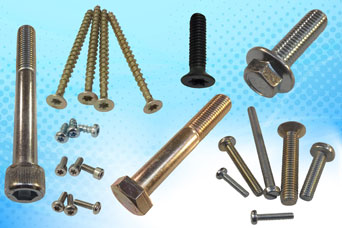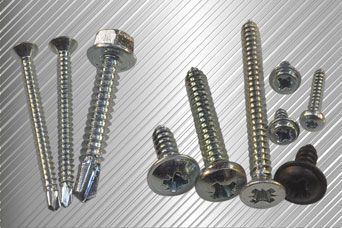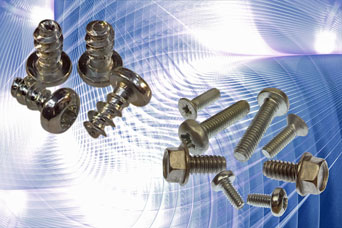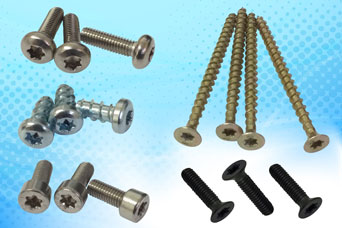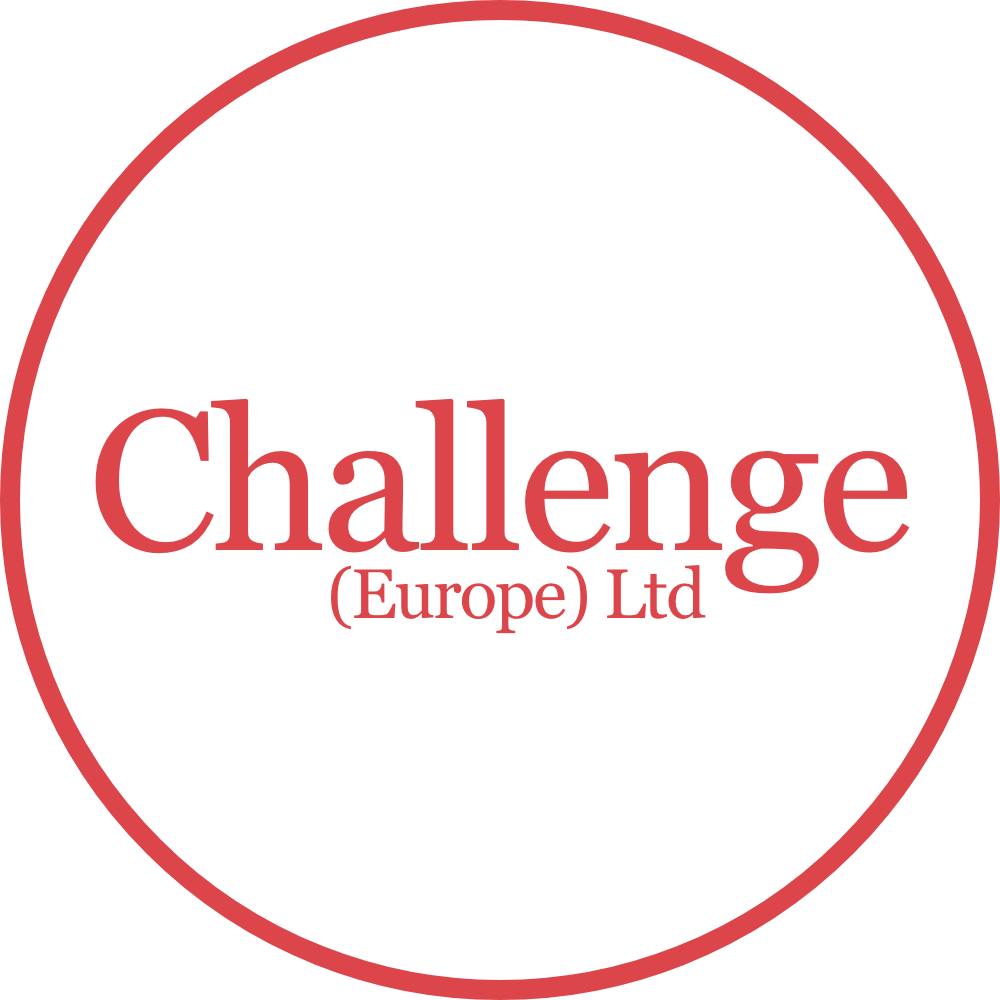Sorting out the multiplicity of screw thread designs has been such a big issue for so long that there are lots of guides to give approximate conversions, although naturally there are no actual like-for-like equivalents. Our team here at Challenge Europe recently discussed a little history and some future-gazing.
Imperial threads – as it may be expected come out of the ins./feet standard developed in the blossoming of the industrial revolution when Imperial meant British Empire and then into the dynamic drive for mass production seen in the USA. These imperial threads were in their heyday at the end of that era which was approximately in the early part of the 20th century. When the Empire broke up under the stresses of two world wars and the rise of international power blocs together with demands for independence they continued in general use since the momentum of these newly grown industries carried them forward. Metric on the other hand comes from the millimetre/centimetre measurement system so popularised by Napoleon in the continental European theatre and subsequently established in the rebuilding and regrowth of the European manufacturing industries after the devastation of the wars that took place there.
They are not mutually compatible of course but may have approximate size replacements. The two standards essentially run alongside each other with metric (ISO) being the one that is replacing imperial across the world – it is the defacto global standard.
Consequently, metric screws are more readily available, e.g. ex-stock, more standard sizes, more easily sourced, more development in new products, more widely used and continuing to replace imperial globally on new projects. Challenge Europe are one of the few specialists who stock both standards in depth.
Increasingly tool kits are solely metric – although even today new spanners, taps and dies are available for Whitworth and BA – but are expensive so that they are often sourced by hobbyists and renovators as second hand items at auctions and car boot sales.
Since Imperial standards derive from the early days of the industrial revolution and industries like ship building and armaments that were important to the days of Empire and grew immensely at that time.
The first national standard was Whitworth – devised and specified by Joseph Whitworth in 1841. Followed by William Sellers who developed the Sellers thread of 1868 later developed into American Standard coarse and fine.
Well known to instrument and model makers is the British Association screw thread standard – known as BA these are small screws with the largest being OBA = 6mm dia. There continues to be a low level demand for older applications, e.g. old instruments – or for rebuilding of older vehicles.
Many countries have run both types alongside each other but all are in the process of moving to ISO metric standards if they have not already done so. The USA has probably held out longest due to the inertia of its huge market, but globalisation has led to sourcing of cheaper metric products for mass production and this has driven the conversion. The US/American market is therefore becoming more restricted – imperial products used to be the mainstay of general sales in the US, but not so now as US customers are more comfortable with metric specs. Availability of metric equipment in the US has now completely overtaken imperial screws in a relatively short time – roughly coinciding with the rise of Chinese manufacturing as the component supplier to the world.
New thread design development continues as specialist companies and engineering enthusiasts seek to explore niche areas, for example, “total surface contact” and bone screw fasteners – which may one day find application outside the medical/surgical field.
One particularly interesting arena is that of alignment correction whereby a misaligned screw will self-correct and pull itself back to its true axis.
Further developments are aimed at improving the performance of screws subjected to transverse loads which can lead to self-loosening or fatigue failure.
However, in the mass manufacturing market we do not at present see any further new thread designs on the horizon since metric forms seem to have adapted well to all general requirements. Elsewhere, other designs of fastener have been extensively developed from push-fit plumbing connectors to pop-in electrical and electronic fittings and this approach to specialist fastenings has very much taken off as a new way of dealing with often completely new problems.
While the transition from “old” to “new” thread forms is almost complete and many threaded fasteners have simply not been specified where they might previously – because now more cost-efficient fasteners of specialised design are available. However, it does seem that pockets of demand for imperial threads will continue for a long time yet.

